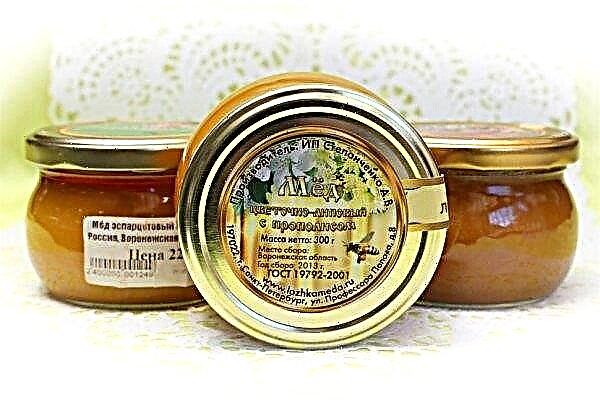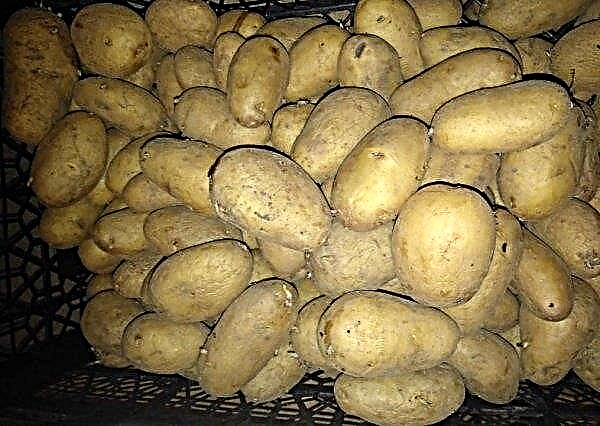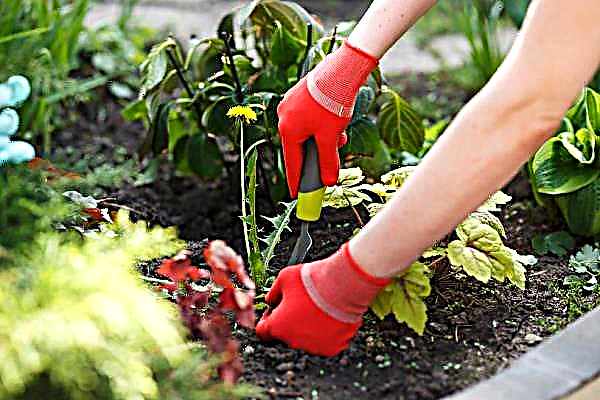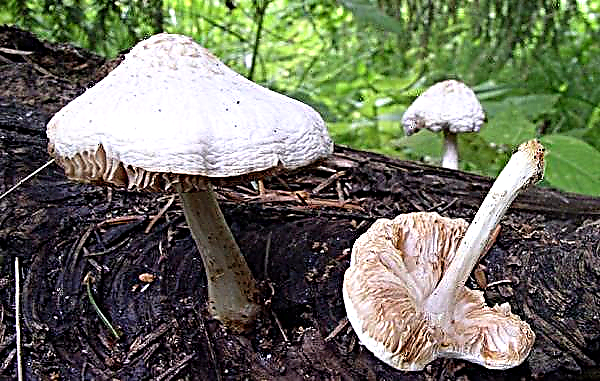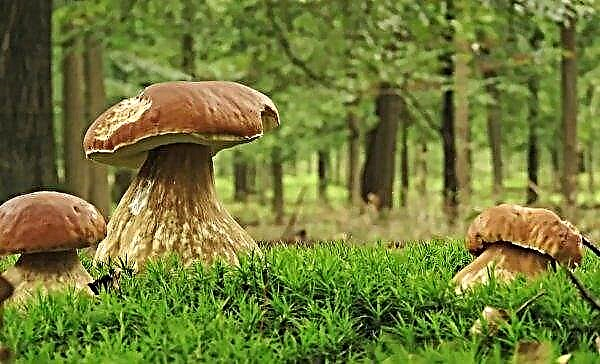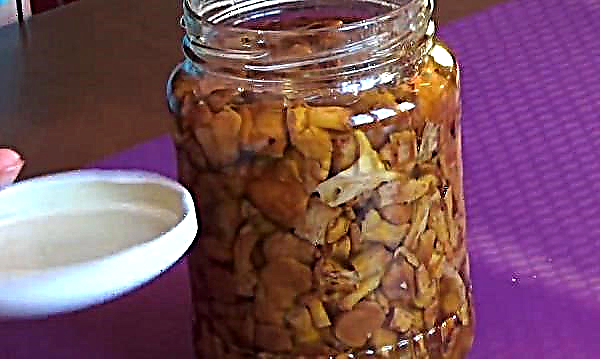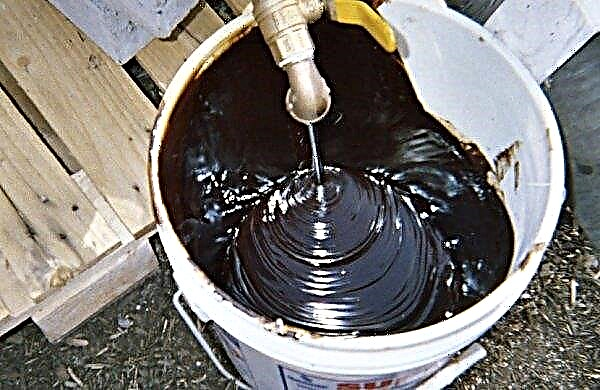Kila is a cruciferous fungal disease that affects all members of this family from cabbage to weeds. Its feature is that it can affect cabbage at any stage of development. About what should be done with this disease and how to get rid of the problem, read our review.
What is a keel?
Kila is a common disease of white cabbage, broccoli, cauliflower and Brussels sprouts, radishes, turnips and other plants belonging to the cruciferous family. The disease causes the fungus Plasmodiophora brassicae. You can easily determine what this phytopathogen looks like. It forms growths on the roots of cabbage.
If the plant is sick, then the nutrients do not reach the head due to the death of the roots. The resulting keels do not replace the roots, so after some time the plant withers, and the roots begin to rot. If the plants became infected in the fall, having already formed heads of cabbage, the answer to the question of whether they can be eaten is positive. The fungus is localized only in the root system. Kila affects about 10% of cabbage crops annually. But the potential for controlling the disease is quite limited. Chemical methods of dealing with it are either prohibited by environmental standards or are not cost effective. That's why breeders focus on breeding disease-resistant varieties. When growing such a cabbage, the plant does not die while in contaminated soil.
But the potential for controlling the disease is quite limited. Chemical methods of dealing with it are either prohibited by environmental standards or are not cost effective. That's why breeders focus on breeding disease-resistant varieties. When growing such a cabbage, the plant does not die while in contaminated soil.
How is the disease manifested?
At the beginning, the disease affects individual plants, which makes their leaves turn yellow and wither, growth stops, and the roots change. The answer to the question of why keels (growths) are formed is very simple: it grows a fungus that affects the plant. The spread of fungal spores in the soil along with moisture manages to infect the entire field by next year. In the soil, the microorganism can survive without a carrier (cabbage) for several years, therefore, when a disease is detected, it is necessary to destroy diseased plants and observe the timing of crop rotation.
Did you know? The word "cabbage" comes from the Latin caput, which means "head".
The reason for the infection is keel
The fungus Plasmodiophora brassicae that causes the disease prefers a humid climate and a pH of about 5.7. Desired soil temperature - +20 ... + 24 ° С. You can bring it to the site with infected seedlings. The head types of cabbage, the Chinese and the Brussels sprouts, are most strongly affected. It is impossible to detect the beginning of the development of the fungus because the roots are in the ground. Later, when the leaves turn yellow and wilt, you can dig out the diseased seedling and check its root system. The fungus hibernates in the soil in an inactive state. With the onset of spring, its spores germinate and infect plants through damage to the roots or root hairs. Secondary spores will be transmitted during the growing season along with irrigation. When the affected roots begin to rot, the fungus returns to the soil again and the cycle repeats.
The fungus hibernates in the soil in an inactive state. With the onset of spring, its spores germinate and infect plants through damage to the roots or root hairs. Secondary spores will be transmitted during the growing season along with irrigation. When the affected roots begin to rot, the fungus returns to the soil again and the cycle repeats.
Ways to fight the disease
Of the industrial preparations used "Ciazofamide". This is a new highly active fungicide that resists the fungi Oomycetes and Plasmodiophora brassicae. The drug infects spores of the fungus and works 1-10 days after treatment. "Ciazofamide" slows down the germination of spores in the population, thereby leading to a slowdown in infection of roots and tubers. It must be used according to the instructions on the packaging. It is noteworthy that the drug can be used both for soil treatment and for seedling processing. Keel in the ground is quite difficult to control.
Did you know? With red cabbage, you can spend an interesting experience. If you cut a small piece from it, put it in water and add soda, then the cabbage will turn blue, and if you add vinegar - it will get a crimson hue.
But you should start by eliminating the causes of infection of the site:
- Sanitary treatment of instruments with an aqueous solution of white.
- Avoiding the acquisition of infected seedlings. If this is not possible, then seedlings must be treated with fungicide before planting.
- Monitoring the condition of the soil. In order that the soil was not acidic, lime, chalk or dolomite flour is added. Normally, the acidity should not be higher than pH 7.1–7.2. Drained light soil does not create conditions for the reproduction of the fungus due to the rapid removal of fluid.
- Solarizing soil helps in the fight against many pathogens and pests. To do this, the soil is covered with a transparent plastic film for 4-6 weeks in the hottest time of the year. This will reduce or eliminate many soil pests, including nematodes, fungi, and weed seeds.

Seed treatment
Fungal spores are not visible on the seeds, so they are recommended to be processed before planting. The selection of the treatment method does not depend on the type of disease. The basis is taken at the fact that at high temperature or reactions with individual solutions, fungal spores die.
Important! Store seeds in a heated room. If you store them at temperatures below 0 ° C, then they lose from 30 to 50% germination.
Antifungal seed treatment is performed in the following ways:
- soaking in hot water (+ 60 ° C) for 20 minutes;
- processing in a solution of mustard (1.5%) for 6 hours;
- treatment with fungicides or immunostimulants according to the instructions for the drug.

Soil treatment
Healthy soil contains bacteria and fungi that help decompose organic matter and turn them into plant nutrition. However, not all fungi are useful, therefore, infected soil or one that may contain phytopathogens must be treated. This will destroy the spores of the fungi and protect the future crop.
Instructions for soil treatment:
- Remove all plants from the infected area. They must be destroyed, because they are carriers of spores of fungi.
- Heat the soil to a temperature of +25 ... + 30 ° С. This kills most debates. This can be done by covering the soil with film in the hot season. If the soil is preliminarily watered abundantly, then moisture can maximize the warming effect.
- For small areas or flower beds, remove the top 4-5 cm of soil and warm it in the oven at a temperature of +26 ... + 30 ° C for 30 minutes. Then return the soil back to the bed.

Agrotechnical methods
The causative agent of the disease is stored in the soil for a very long time, so measures for its disinfection are especially relevant.
Important! In folk medicine, cabbage juice is used as an antibacterial agent for the healing of purulent wounds.
After the influence of the pathogen is minimized, the following methods are used:
- cruciferous return to the place of planting no earlier than 5-7 years;
- eliminate weeds that can become a keel habitat;
- irrigate the soil with a small amount of water to avoid waterlogging;
- keel resistant varieties are planted;
- adjust the soil acidity to a pH of at least 7.0.
Folk methods
Effective folk ways to combat keel are few. Among them, the following methods are often used:
Among them, the following methods are often used:
- The growths formed during the keel disease are not roots and cannot receive water and minerals from the ground. To restore the roots, a high hilling is carried out, as a result of which additional roots are formed to fill the needs of plants.
- Water the soil with diluted rotted manure to destroy the fungus in the soil.
- Plants affected by the keel are usually destroyed. The holes left over from them must be sprinkled with lime-cannon (500 g of powder per 1 m²).
What to do after treating cabbage for keel
Means of protection against infection by fungi do not exist. Discovered plants are burned on a metal sheet so as not to spread the spores of the fungus on the site. The working tool must be disinfected, the soil is disinfected, plants are planted that can grow after cabbage and do not have common pests and diseases with it. For further cultivation, buy disease-resistant cabbage varieties.
Did you know? In China, where cabbage is a staple food marked low incidence of breast cancer. This is associated with the protective effect of sulfur-containing compounds in vegetables.
Site Prevention
During crop rotation, also control cruciferous weeds that may be involved in the transfer and spread of fungal spores. Reduce the amount of fluid during watering this area to a minimum so that spores do not spread with the flow of water. Cover the area with a film to warm the soil to a high temperature, unacceptable for phytopathogens.
Kilo-resistant cabbage varieties
Fortunately for farmers and the environment, breeders have bred some disease-resistant cabbage varieties. They are created taking into account both conventional methods and genetic modifications. These are crops that can be grown on contaminated lands, while ordinary varieties will wither and die.
Among domestic varieties of white cabbage there are:
These are varieties that produce heads weighing 2-3 kg with a strong, dense structure. They grow well and are well kept. When choosing seeds, do not forget that the packaging must indicate which diseases the variety is resistant to. Use disinfectants, fungicides and other methods to combat keel depending on how large the affected area is and whether it is possible to observe a long crop rotation cycle.
Take action as soon as you find a problem. The speed of spread of fungi is from 2-3 days to several weeks, so the sooner you start treatment, the better for the site and plants.





